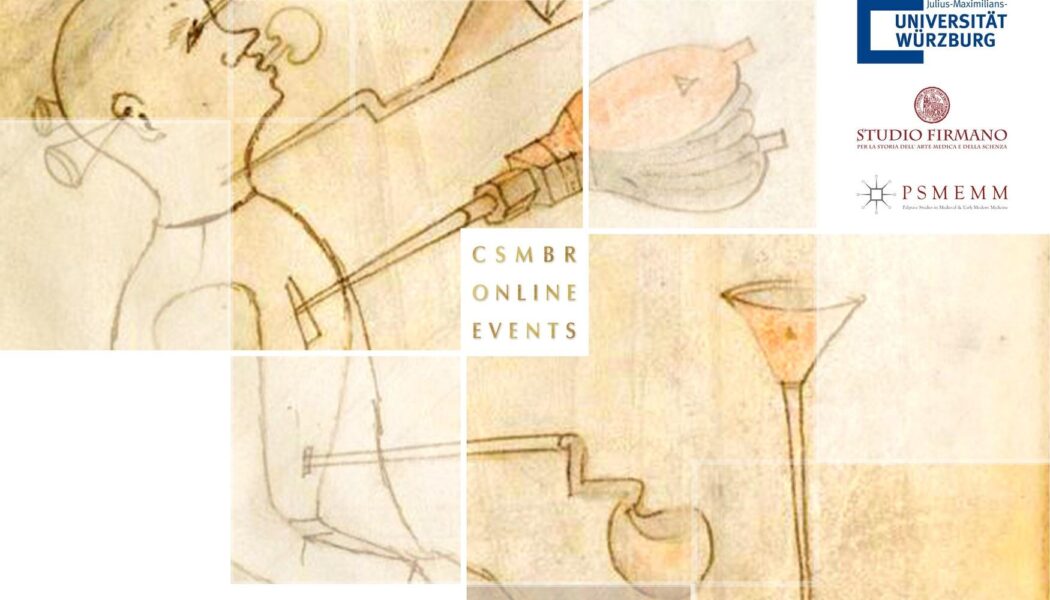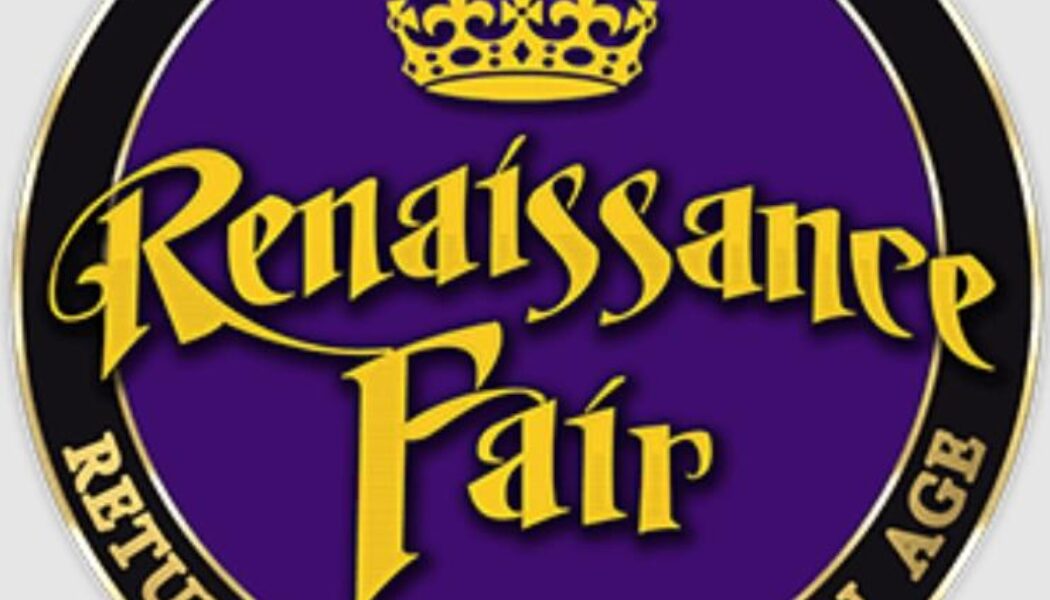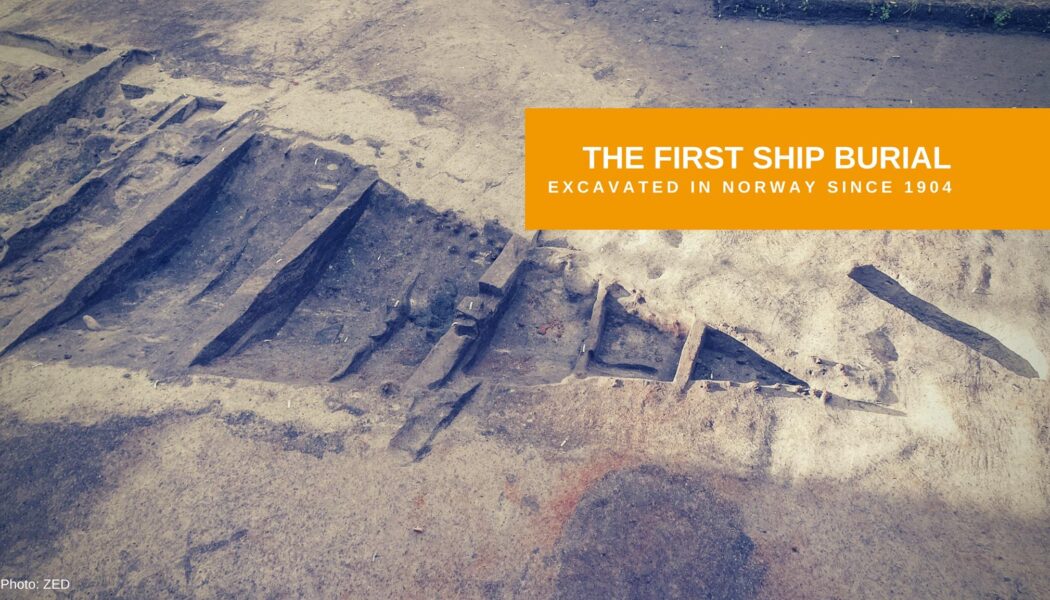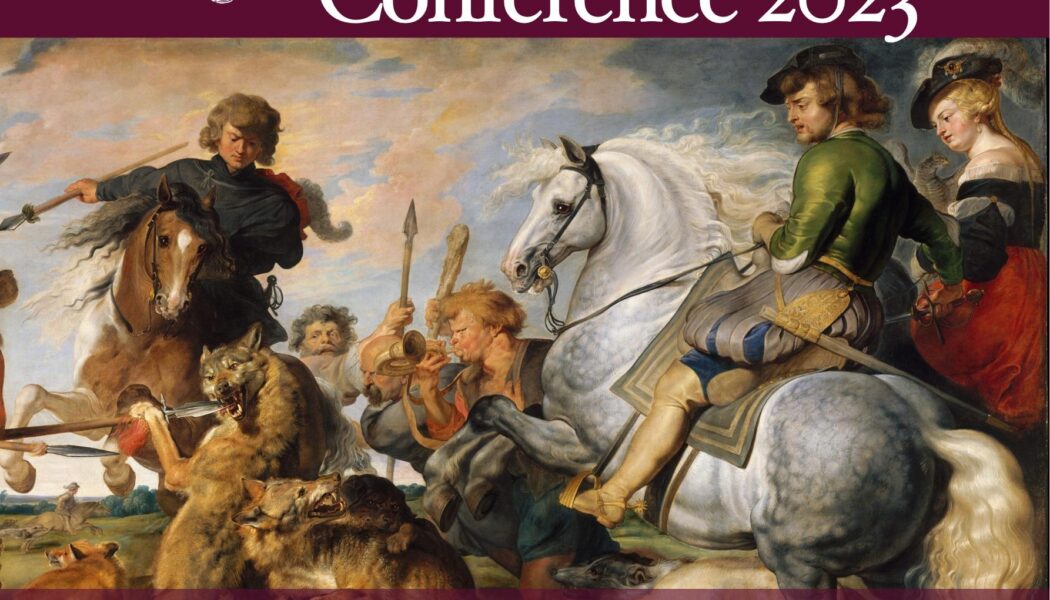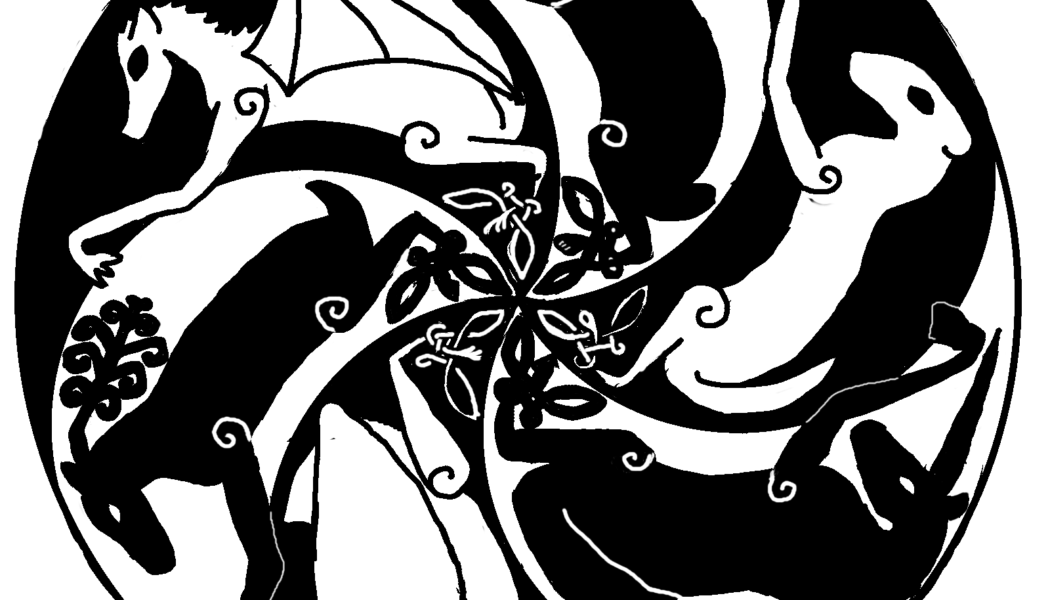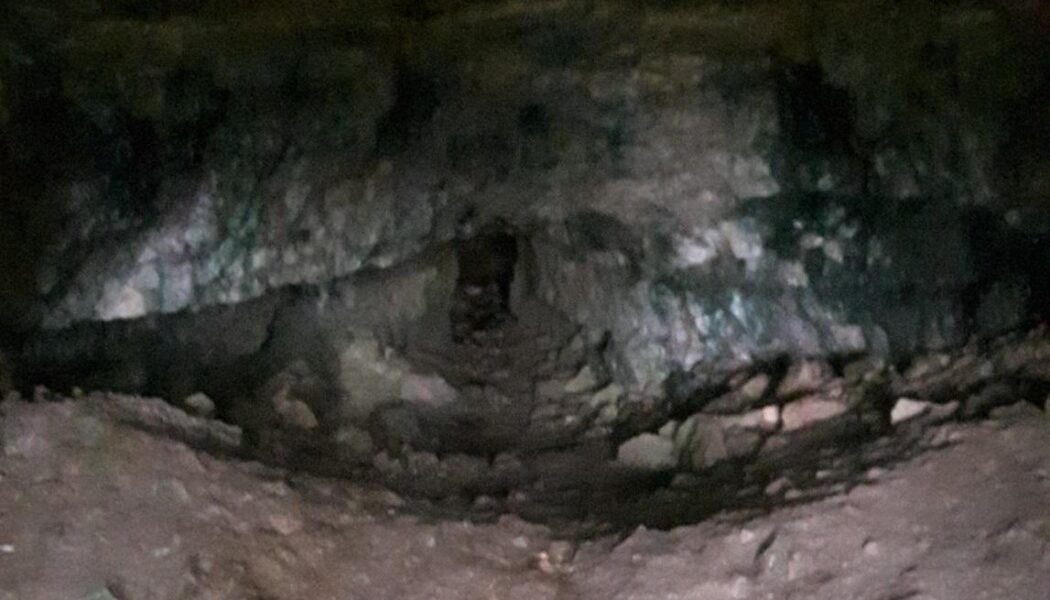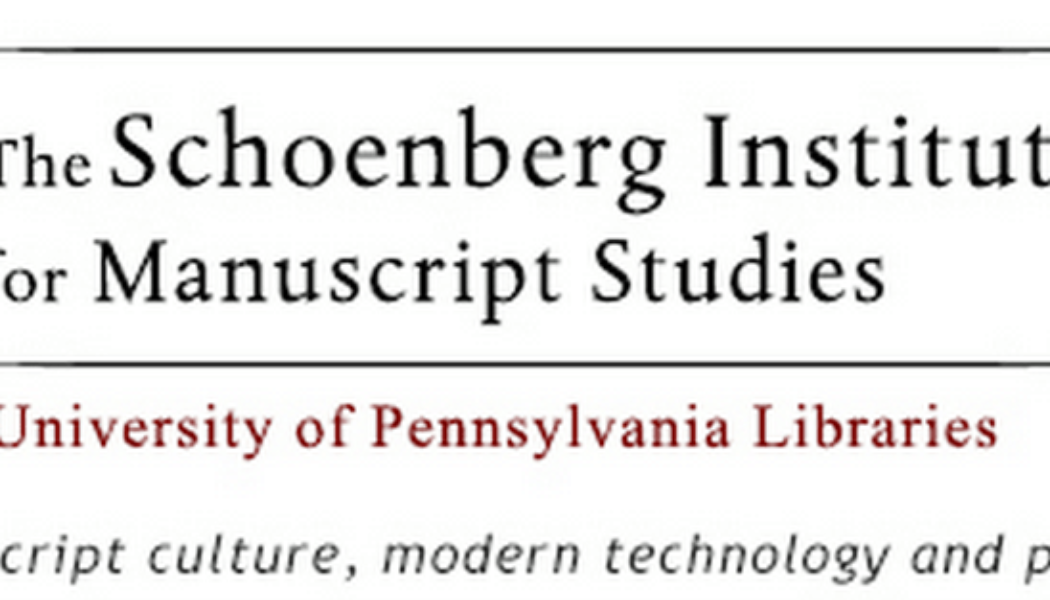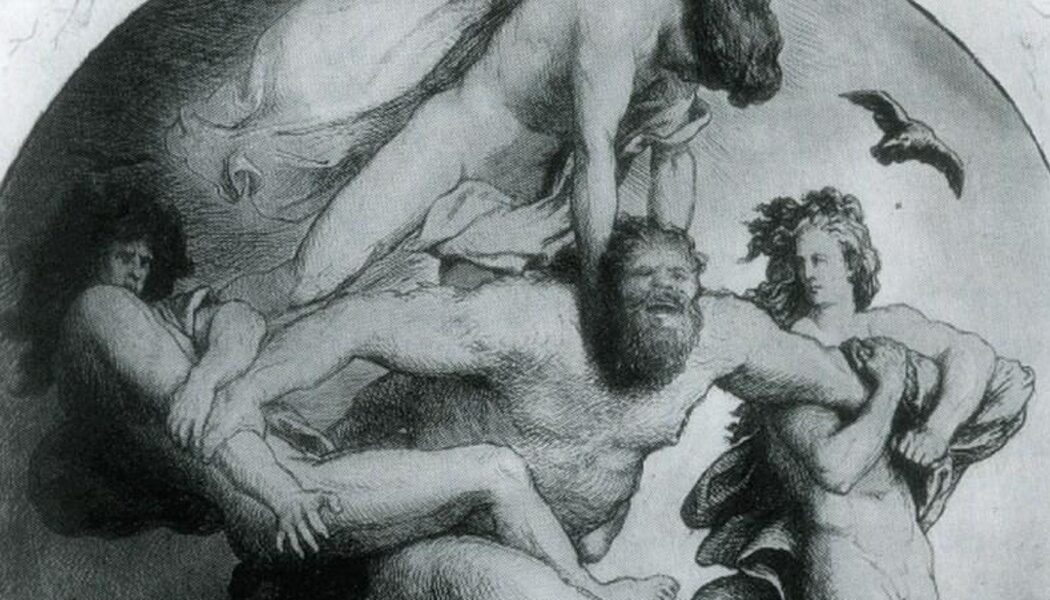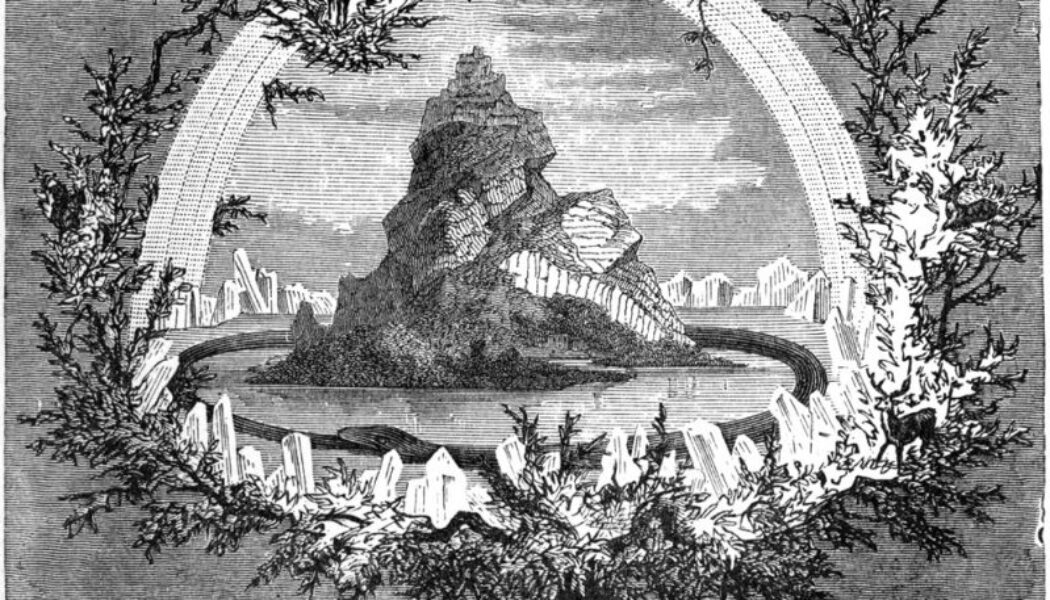on-line
Online Talk: German Renaissance Sculpture
Completely out of kilter with the developments in Italy of the High Renaissance, this episode in art history is not especially well known, but it is spectacular, with many individual virtuosic sculptors creating astonishing works. Lecture by Dr Victoria Mier
DELAYING DEATH. The Role of Alchemy in Roger Bacon’s Medical Works
Examining the role and influences of alchemy on Roger Bacon's medical works
ÖGUF-Vortrag: Sue Heaser “The Experimental Archaeology of Roman and Early Medieval Beadmaking”
Der AK Experimentelle Archäologie der ÖGUF lädt zum Vortrag: Sue Heaser, Suffolk, United Kingdom - "The Experimental Archaeology of Roman and Early Medieval Beadmaking"
The 8th Brevard Renaissance Fair
Gather one and all for the 8th season of the Brevard Renaissance Fair in the Forest of Wickham Park in Melbourne, Florida.
The Gjellestad Ship Project – On-line
Follow the analyses, results, and interpretations of the Gjellestad excavation, the first ship burial to be excavated in Norway since 1904!
The Krampus & The Old, Dark Christmas with Al Ridenour – Zoom lecture.
Explore the authentic folklore, history and contemporary practices associated with the Krampus with Al Ridenour in this Zoom lecture.
SRS 10th Biennial Conference
The topic for the tenth SRS Biennial Conference is ‘Difficult Pasts‘; it will open in Liverpool on the evening of Wednesday 19 July 2023 with the SRS Annual Lecture (Dr Islam Issa), and close on Saturday 22 July 2023.
Celtic Students Conference 2023 at the University of Glasgow
A unique opportunity to showcase the Medieval Studies community at your institution, gain valuable professional development experience, and meet fellow medievalists!
Journeys to the Underworld 2022
Our online concerts return! We launch with 'Journeys to the Underworld', the first in our winter series of themed online concerts, combining storytelling, poetry, folklore and more.
Coffee with a Codex: Ethics
The event is informal and everyone is welcome to attend. Registration required to attend.
Giants in Scandinavian Mythology and Folklore with Dr. Tommy Kuusela
A different perspective on giants, moving from Old Norse mythology to younger folklore accounts, and a discussion of similarities and differences.
An Evening in Asgard – The Home of the Norse Gods with Lena Heide-Brennand
This on-line event will be an evening of captivating tales about the main characters of Asgard and the creatures that existed alongside them.



